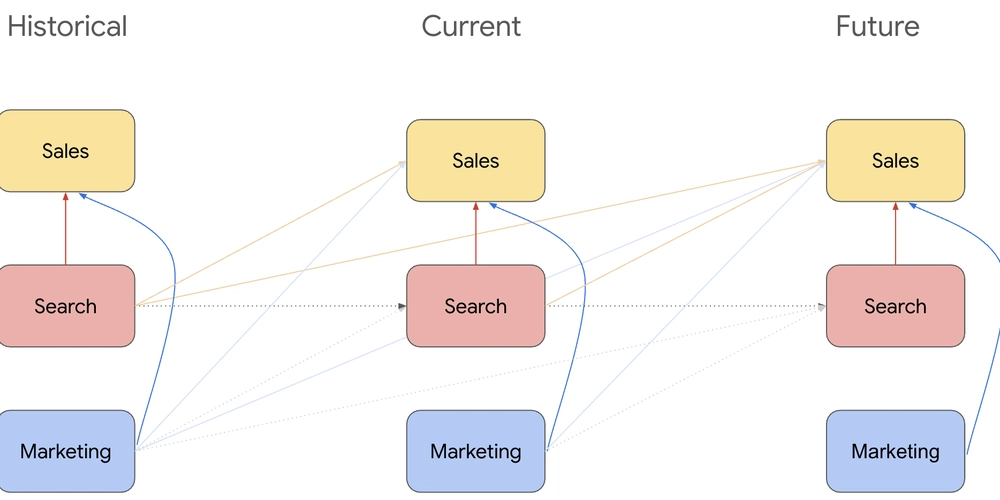What is a Test Plan? A Complete Guide to Software Testing Strategy
What is Test Plan? A test plan is a crucial document in the software testing process, outlining the strategy, scope, resources, and schedule for testing activities. It serves as a roadmap for testers and stakeholders to ensure the software meets quality standards. In this guide, we will explore the key components, benefits, and best practices of creating an effective test plan. Definition of a Test Plan A test plan is a formal document that details the objectives, approach, and scope of a testing effort. It provides a structured framework to guide testers throughout the testing lifecycle. A well-structured test plan helps teams identify potential risks, allocate resources efficiently, and ensure comprehensive test coverage. Key Components of a Test Plan A well-defined test plan includes the following essential components: Test Objectives – Defines the goals and purpose of the testing process. Scope of Testing – Specifies what functionalities will and won’t be tested. Test Strategy – Outlines the testing approach, tools, and methodologies. Test Environment – Describes the hardware, software, and network configurations required for testing. Test Schedule – Defines timelines, milestones, and deadlines for the testing phases. Roles and Responsibilities – Assigns tasks to team members and stakeholders. Risk Management – Identifies potential risks and mitigation strategies. Exit Criteria – Specifies conditions for concluding the testing phase. Why is a Test Plan Important? A well-documented test plan ensures the following benefits: Improved Test Coverage – Ensures all critical functionalities are tested. Efficient Resource Allocation – Helps in planning resources and reducing unnecessary effort. Risk Management – Identifies risks early in the development cycle. Better Communication – Serves as a reference for all stakeholders involved. Best Practices for Writing an Effective Test Plan To create an effective test plan, consider the following best practices: Involve Stakeholders Early – Collaborate with developers, testers, and business analysts to define clear testing goals. Keep it Clear and Concise – Avoid unnecessary details and focus on critical aspects. Use Realistic Timelines – Allocate sufficient time for each testing phase to avoid rushed testing. Regularly Update the Plan – Adapt the test plan based on project changes and new requirements. Leverage Automation – Incorporate automated testing tools to enhance efficiency and accuracy. Conclusion A test plan is an essential document that ensures a structured approach to software testing, improving quality and efficiency. By defining clear objectives, scope, and strategies, teams can effectively identify and mitigate risks. Learn more about creating effective test plans by checking out this in-depth guide on what is test plan.

A test plan is a crucial document in the software testing process, outlining the strategy, scope, resources, and schedule for testing activities. It serves as a roadmap for testers and stakeholders to ensure the software meets quality standards. In this guide, we will explore the key components, benefits, and best practices of creating an effective test plan.
Definition of a Test Plan
A test plan is a formal document that details the objectives, approach, and scope of a testing effort. It provides a structured framework to guide testers throughout the testing lifecycle. A well-structured test plan helps teams identify potential risks, allocate resources efficiently, and ensure comprehensive test coverage.
Key Components of a Test Plan
A well-defined test plan includes the following essential components:
- Test Objectives – Defines the goals and purpose of the testing process.
- Scope of Testing – Specifies what functionalities will and won’t be tested.
- Test Strategy – Outlines the testing approach, tools, and methodologies.
- Test Environment – Describes the hardware, software, and network configurations required for testing.
- Test Schedule – Defines timelines, milestones, and deadlines for the testing phases.
- Roles and Responsibilities – Assigns tasks to team members and stakeholders.
- Risk Management – Identifies potential risks and mitigation strategies.
- Exit Criteria – Specifies conditions for concluding the testing phase.
Why is a Test Plan Important?
A well-documented test plan ensures the following benefits:
- Improved Test Coverage – Ensures all critical functionalities are tested.
- Efficient Resource Allocation – Helps in planning resources and reducing unnecessary effort.
- Risk Management – Identifies risks early in the development cycle.
- Better Communication – Serves as a reference for all stakeholders involved.
Best Practices for Writing an Effective Test Plan
To create an effective test plan, consider the following best practices:
- Involve Stakeholders Early – Collaborate with developers, testers, and business analysts to define clear testing goals.
- Keep it Clear and Concise – Avoid unnecessary details and focus on critical aspects.
- Use Realistic Timelines – Allocate sufficient time for each testing phase to avoid rushed testing.
- Regularly Update the Plan – Adapt the test plan based on project changes and new requirements.
- Leverage Automation – Incorporate automated testing tools to enhance efficiency and accuracy.
Conclusion
A test plan is an essential document that ensures a structured approach to software testing, improving quality and efficiency. By defining clear objectives, scope, and strategies, teams can effectively identify and mitigate risks. Learn more about creating effective test plans by checking out this in-depth guide on what is test plan.







































































































































































![[The AI Show Episode 143]: ChatGPT Revenue Surge, New AGI Timelines, Amazon’s AI Agent, Claude for Education, Model Context Protocol & LLMs Pass the Turing Test](https://www.marketingaiinstitute.com/hubfs/ep%20143%20cover.png)





































































































































![From drop-out to software architect with Jason Lengstorf [Podcast #167]](https://cdn.hashnode.com/res/hashnode/image/upload/v1743796461357/f3d19cd7-e6f5-4d7c-8bfc-eb974bc8da68.png?#)











































.png?width=1920&height=1920&fit=bounds&quality=70&format=jpg&auto=webp#)




























































.jpg?#)







.png?width=1920&height=1920&fit=bounds&quality=70&format=jpg&auto=webp#)























_ArtemisDiana_Alamy.jpg?#)












































































-xl.jpg)












![Yes, the Gemini icon is now bigger and brighter on Android [U]](https://i0.wp.com/9to5google.com/wp-content/uploads/sites/4/2025/02/Gemini-on-Galaxy-S25.jpg?resize=1200%2C628&quality=82&strip=all&ssl=1)












![Apple Rushes Five Planes of iPhones to US Ahead of New Tariffs [Report]](https://www.iclarified.com/images/news/96967/96967/96967-640.jpg)
![Apple Vision Pro 2 Allegedly in Production Ahead of 2025 Launch [Rumor]](https://www.iclarified.com/images/news/96965/96965/96965-640.jpg)



































































































































